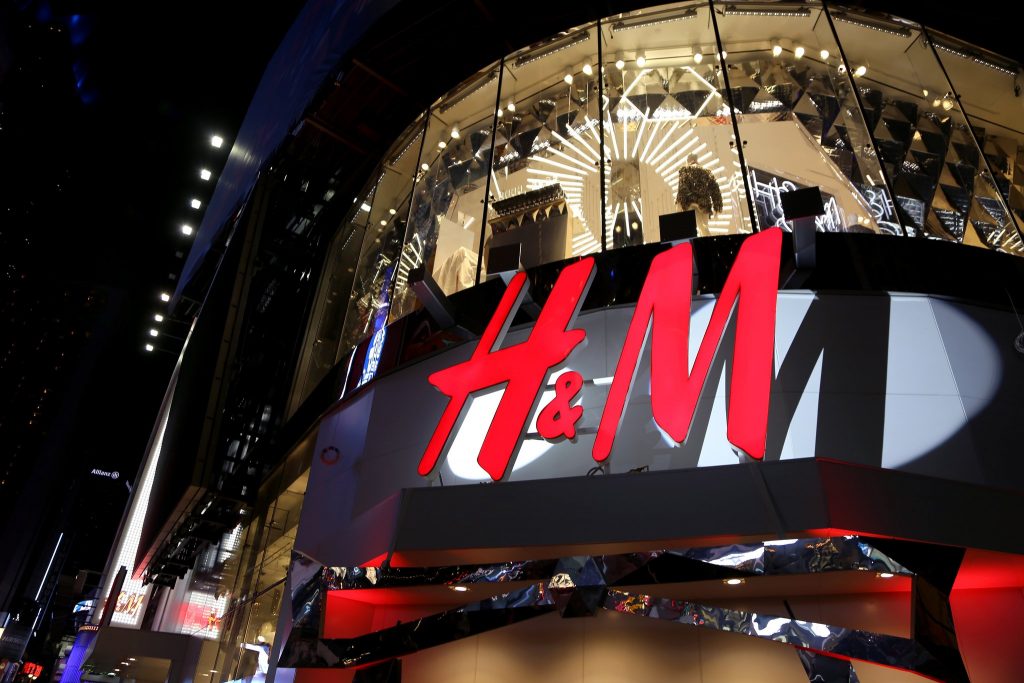H&M parent Hennes & Mauritz AB, whose fast-fashion exploits were once blamed for the woes of many apparel retailers, is now being disrupted itself.
Shares of the Swedish company, which also owns seven other brands including COS, plunged to their lowest level since 2008 on Wednesday after it reported disappointing Q4 results and said it won’t meet a target to increase local-currency sales by up to 15% this year. For good reason: Its fiscal 2017 local-currency sales in the year ended Nov. 30 rose just 3%, including a 2% drop in Q4. Profit-eroding discounts to clear excess inventory also dented bottom line as operating margin narrowed to its lowest level in at least five years.
The company, which had more than 4,700 stores globally at the end of fiscal 2017 (mostly under the H&M label), is also slowing the pace of net new store openings as it plans to shutter 170 stores this year. However, in a move that some worry may further distract H&M from fixing its core business, H&M this year will introduce a ninth concept, Afound, which it describes as an “off-price marketplace” selling products carrying its own and outside brands.
What changed? H&M isn’t immune to the migration of apparel sales to online, a change that has hurt mall and store traffic and led to the bankruptcies of specialty apparel retailers from Aeropostale to Wet Seal. The online shift also has broadened the number of H&M’s competitors. For one, just look at the fashion ambition of well-resourced online giant Amazon.







